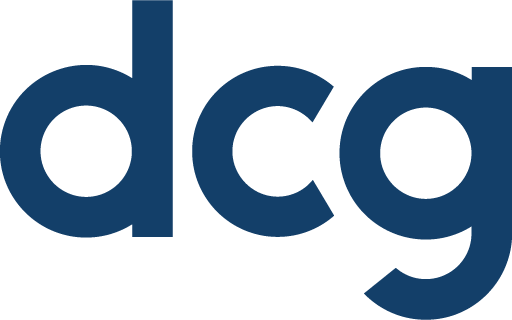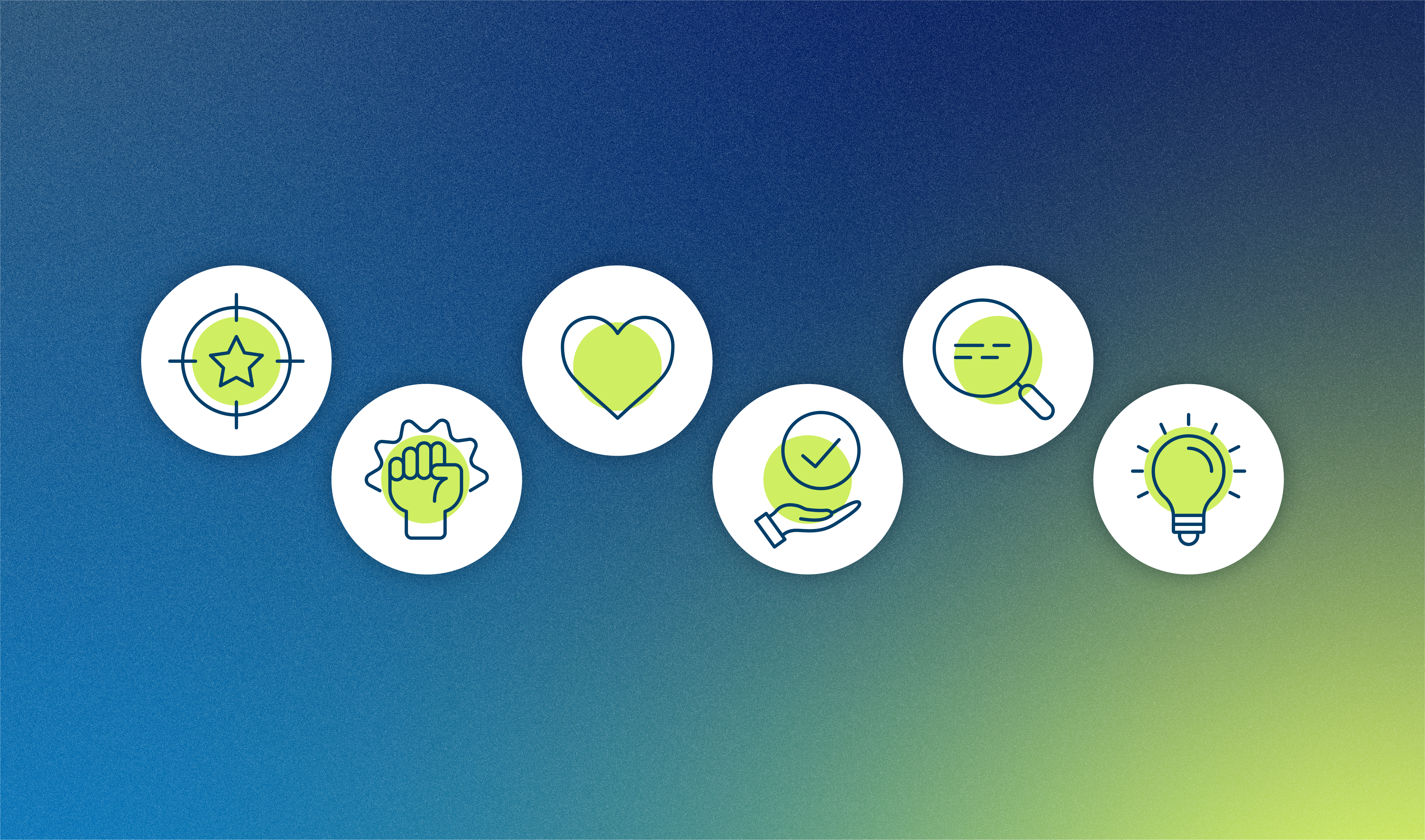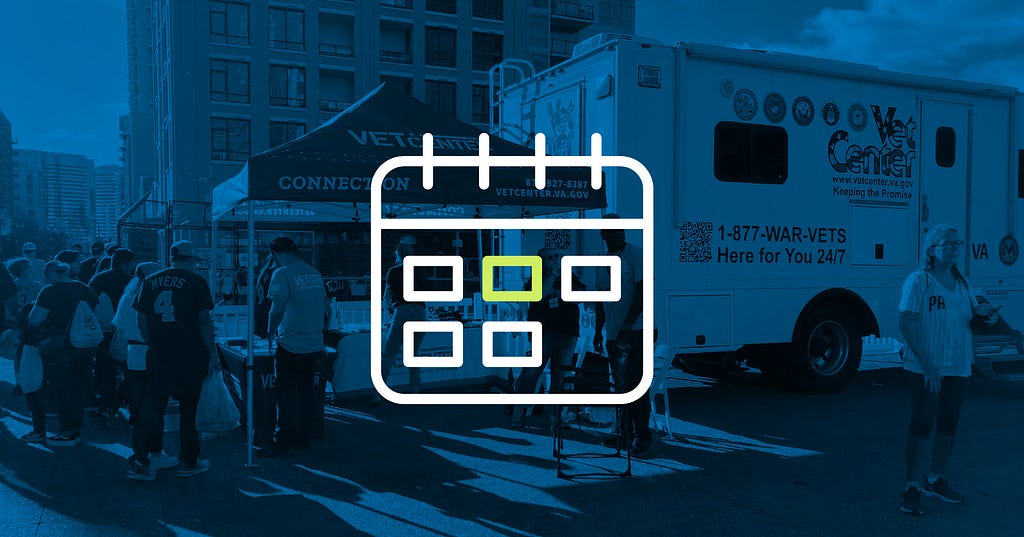
Are In-person Events Still Valuable? DCG Says Yes!
We live in a digital-first world because it’s easy and efficient. Would you rather bank through an app or go to the brick-and-mortar location? How about refilling a prescription? It takes less time to click a link than make a phone call or visit the pharmacy.
But when it comes to complex issues with a lot of nuances, digital doesn’t always cut it. If you really want to connect with an audience and make an impact, in-person engagement is the way to go.
While digital is still the most cost-effective way to reach the most people with your message — and kept communication possible during COVID — personal engagement helps your organization stay intimately connected to your audiences’ and stakeholders’ values, problems, and needs. Your message or mission instantly becomes more personal, memorable, and meaningful.
Few budgets, of course, will allow in-person engagement to be the sole strategy of a communications campaign. And even if money wasn’t an issue, the best campaigns reflect a comprehensive strategy to reach audiences through a multitude of channels. When we advocate for in-person engagement as part of a campaign for our federal clients, we’re usually focusing on:
- Saving lives (U.S. Department of Veterans Affairs, Office of Suicide Prevention & Keep It Secure)
- Building community resilience (U.S. Department of Homeland Security, Blue Campaign)
Maximize value with research
Don’t pack your bags just yet. Choosing where to take your message requires a lot of research. When investigating events or in-person opportunities, you need to consider your communications objectives, the anticipated audience, and your budget. Look at data related to the area’s population and services to glean information about potential attendees. Learn about the other organizations or professionals attending.
For example, when planning event attendance for the U.S. Department of Homeland Security’s Blue Campaign, which raises awareness to help combat human trafficking, we chose the CCHT Anti-Trafficking Symposium, held in January. The registration was high (472 registrants), and with many prominent speakers scheduled, we knew attendees would be greatly engaged. The location, Arlington, Virginia, was also important, as we knew it would be appealing to internal and external stakeholders.
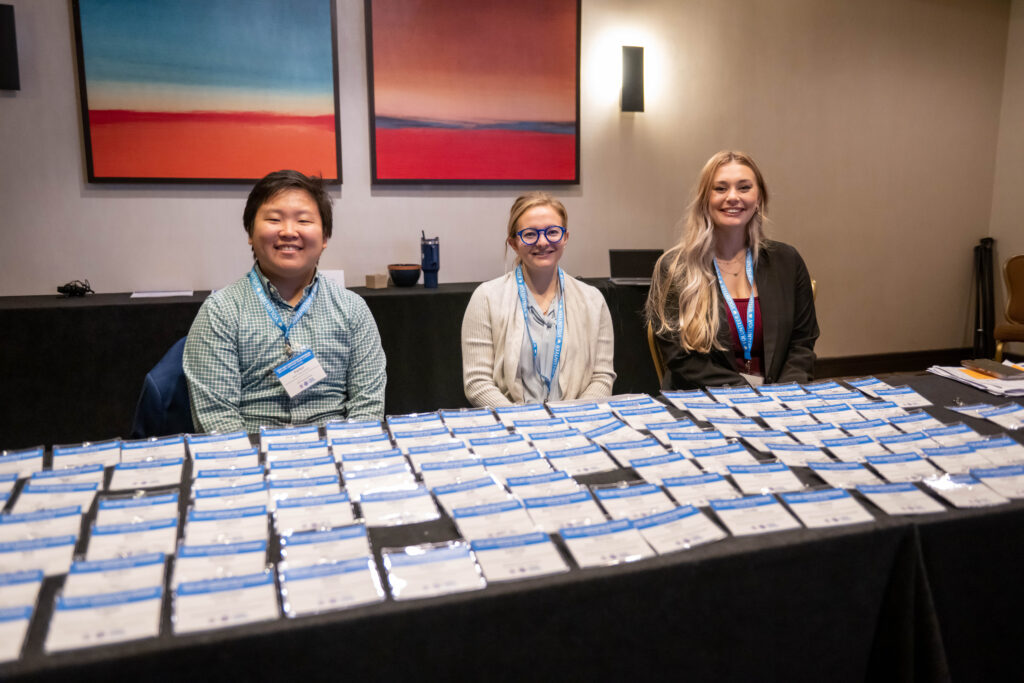
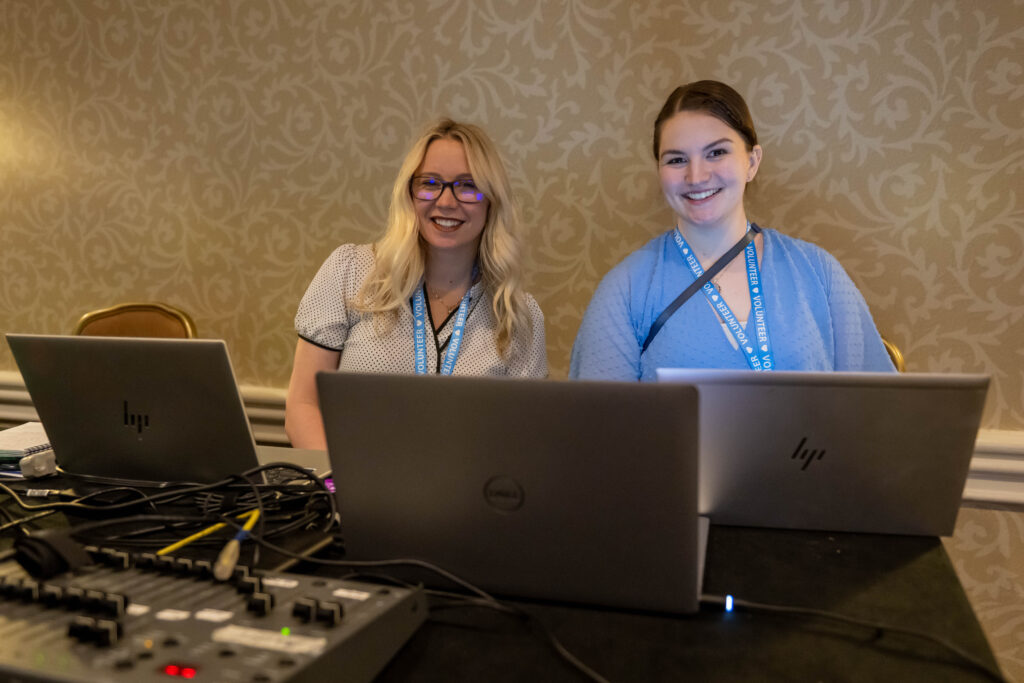
DCGers on-site supporting the DHS Anti-Trafficking Symposium.
At the Tribal Public Health Conference, held in April, our U.S. Department of Veterans Affairs (VA) Office of Suicide Prevention (SP) team had the opportunity to connect with many new tribal communities and community partners to discuss how to increase suicide awareness and suicide prevention training. The team was able to network with multiple organizations and tribal representatives that expressed a desire to serve veterans, reach more veterans, or enhance their services and programming targeted toward veterans.
Understanding where veterans spend time and where the higher number of suicides by firearm occur allowed our team to secure VA’s presence at more than 20 sporting events, including three NASCAR races (Daytona, Talladega, and Phoenix) in support of the Keep It Secure (KIS) campaign on lethal means safety. Suicide prevention coordinators staffing these activations reported they engaged with hundreds of veterans and family members providing lifesaving resources, including cable gun locks and information on the various services VA provides.
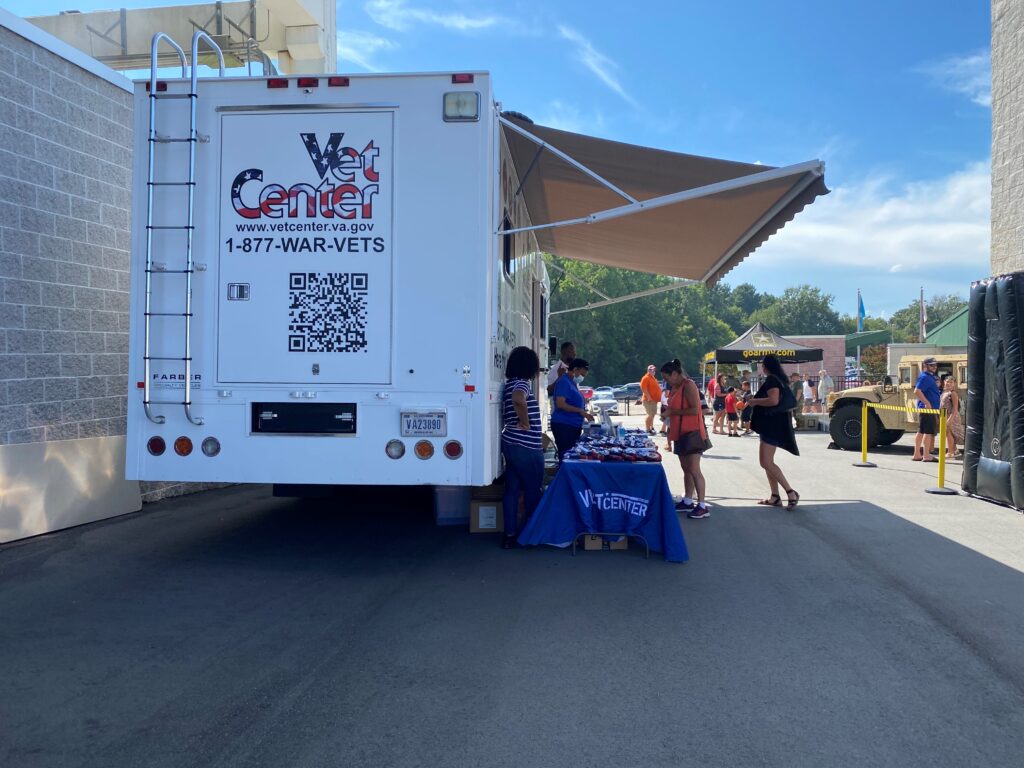
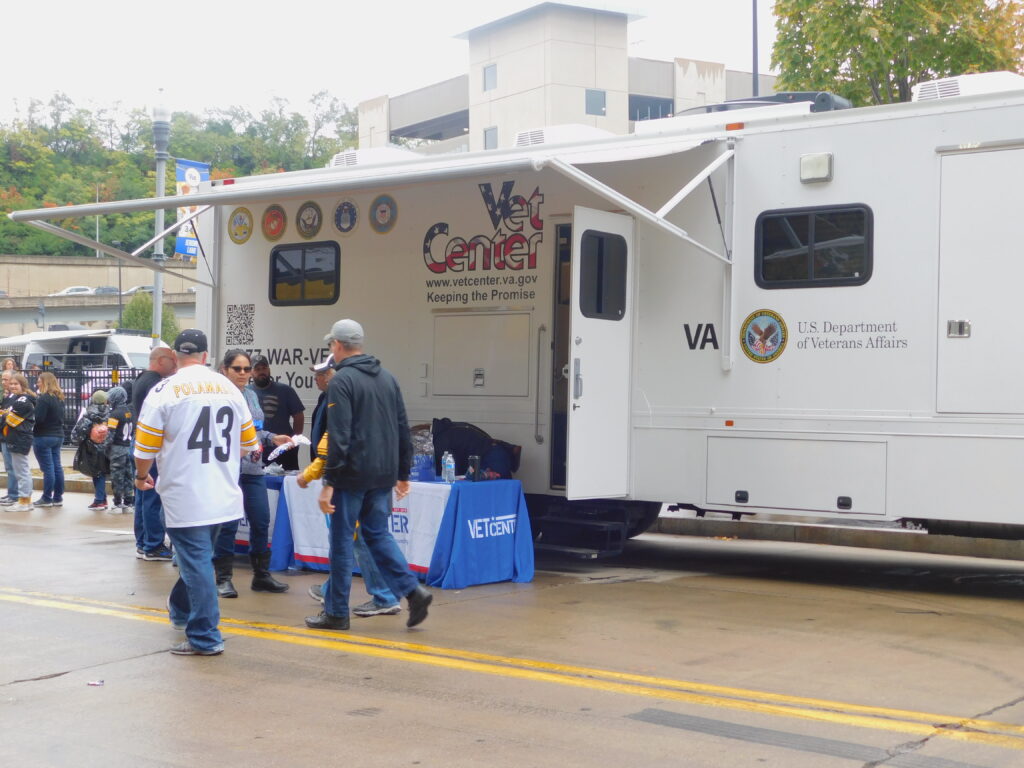
DCG secured VA’s presence at over 20 sporting events across the country.
Unexpected value-add can enhance in-person engagement
Though you’re taking your messages and communications materials to an event to share with others, be prepared to take away some lessons yourself.
Because in-person engagement gets you up close and personal with your audience, you can get honest, raw, and immediate feedback on everything your organization is trying to accomplish. You sometimes learn about overlooked needs or gaps in support, as well as unsung victories.
At the 13th Annual Native American Healthcare Conference, held in June 2023, our SP team learned many Native communities were unaware of and not connected to VA care or resources. We learned having a list or quick reference sheet of VA health care point of contacts and information about the Veterans Benefits Administration hotline is critical.
Metrics + anecdotal evidence = value
When DCG’s teams fan out across the country to attend events, it costs money. When money is spent, clients demand rationale. If you think your communications campaign would benefit from in-person engagement, you need to be prepared with quantifiable data. DCG’s teams collect the following metrics for each event: attendance, number of engagements, and connections made.
But don’t discount qualitative, or anecdotal, data. It can be very powerful. For example, when DCG’s SP team staffed the Louisville Boat Show last year, event security directed a veteran in the middle of a mental health and housing crisis to the SP table. Our team called the Veterans Crisis Line with the veteran and subsequently got him connected with the National Call Center for Homeless Veterans. The veteran left the SP booth with an action plan and positive VA contact.
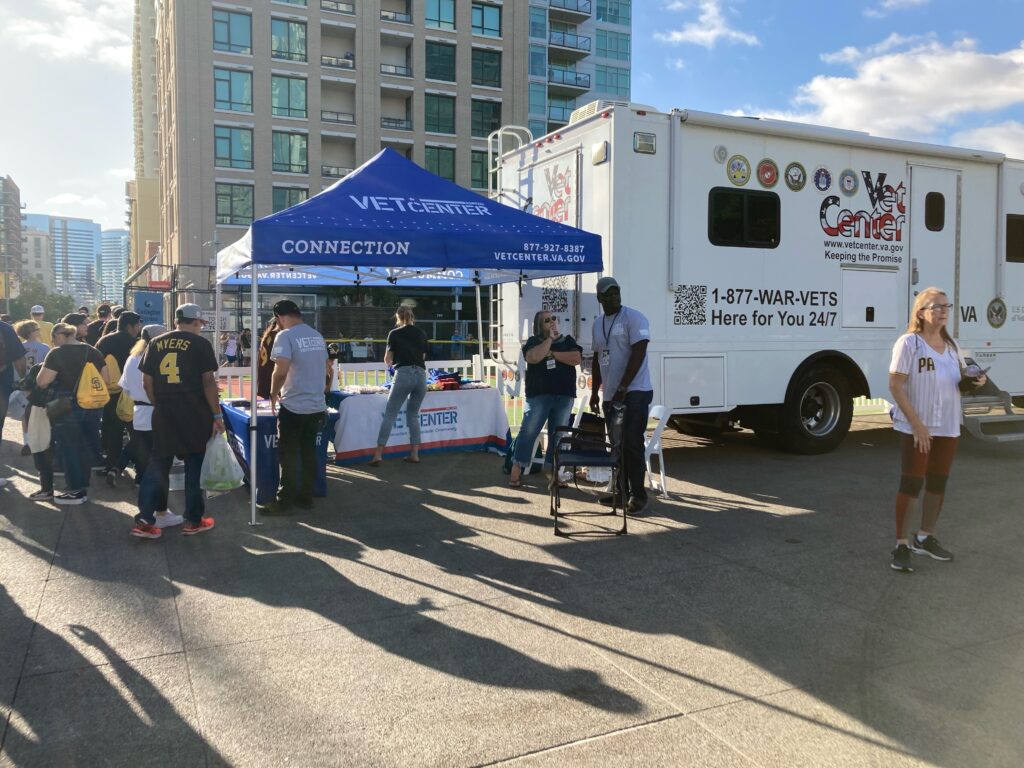
DCGers staffed and supported Mobile Vet Center outreach at various sporting events.
Human connections are priceless
In this post-COVID, in-person/digital hybrid environment, DCG sees increasing value in in-person engagements — which is why we continue to make investments to ensure our clients have the unparalleled support with event planning, coordination, and attendance.
Especially when it comes to leviathan federal agencies, such as VA and DHS, it’s crucial that a communications campaign involves strategic outreach to foster human connections. No organization wants to come off as a sterile logo or faceless bureaucrat. In-person events and opportunities showcase an organization’s humanity, letting your audience know you’re actually vested in helping and supporting them.
